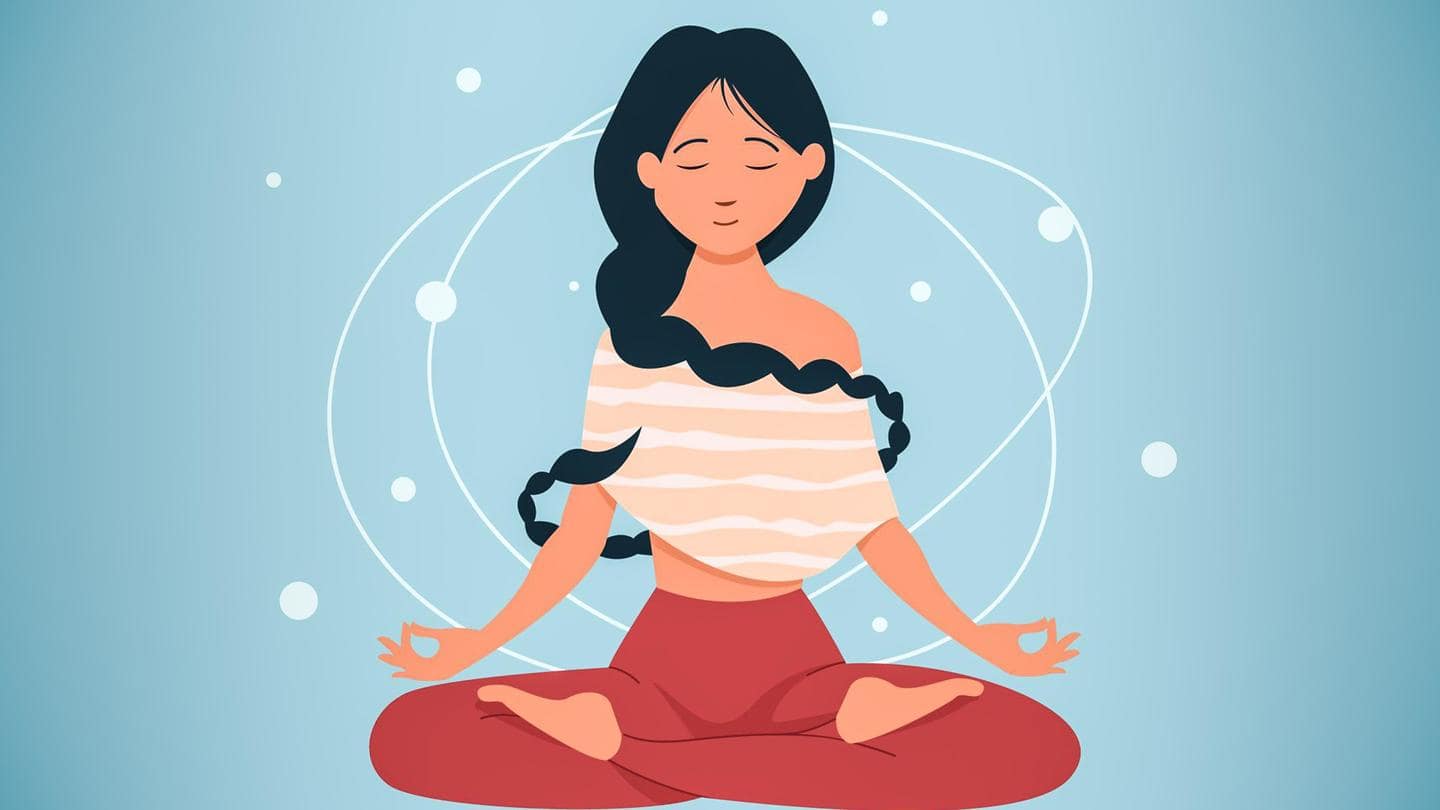
Pranayama: The how and why of this breathing practice
What's the story
Pranayama is a part of the popular ancient practice of yoga. It is all about learning to control your breathing. When you learn to control your breathing, you also learn to control your mind and emotions. When combined with yoga postures and meditation, it helps improve overall wellness. It balances you emotionally and also changes the way you respond to situations.
Stress & sleep
Pranayama can reduce stress and regulate sleep
Studies have asserted that pranayama can help reduce stress levels in young adults as it can calm down the nervous system, which further betters your stress response. In addition, the stress-relieving impact of this practice can help you sleep properly. Bhramari pranayama can slow down breathing and heart rate. Practicing the same for five minutes daily can aid in better sleep.
Mindfulness
Pranayama can increase mindfulness
Pranayama encourages you to be more aware of your breathing and the way it makes you feel. In short, you are training your mind to be more aware of the here and now. This is basically what mindfulness is all about. A 2017 study has proved that students who practice pranayama regularly, achieve greater levels of mindfulness than students who don't.
Other benefits
It can reduce high blood pressure and improve lung health
The slow and forceful breathing of pranayama can improve the functioning of your lungs. It can also treat conditions like asthma, bronchitis, and aid in the recovery of tuberculosis. Stress is a big factor that can cause health problems like high blood pressure. Studies have shown that people with mild hypertension can effectively reduce the problem in six weeks with regular pranayama.
Method
How to get started with pranayama?
Commit to spending some time practicing pranayama daily. Next, sit down in a comfortable position and inhale and exhale as usual. Focus on the length of each. A shorter inhale and exhale suggest that the body is tensed. Inhale to a count of five, hold for three and then exhale to a count of five. Doing this a couple of times will relax you.
Flow
Channeling the breath
Conscious breathing requires you to understand how the breath fills you up. Analyze the places you can feel your breath--the nose, throat, or chest. Instead of filling up your chest with the breath, try to pull it into your belly. After some time, gradually feel it spreading in your entire body. Every time you exhale, focus on breathing out the stress.
Tips
Here are some other things to keep in mind
If you also practice yoga and meditation, then practice pranayama between the two. A relaxed mind will help you to meditate better. Practice on an empty stomach to ensure there is no extra pressure on the lungs. Choose an open space where you can sit for a longer duration. Choose a point of focus, which could be the mind or breath itself.